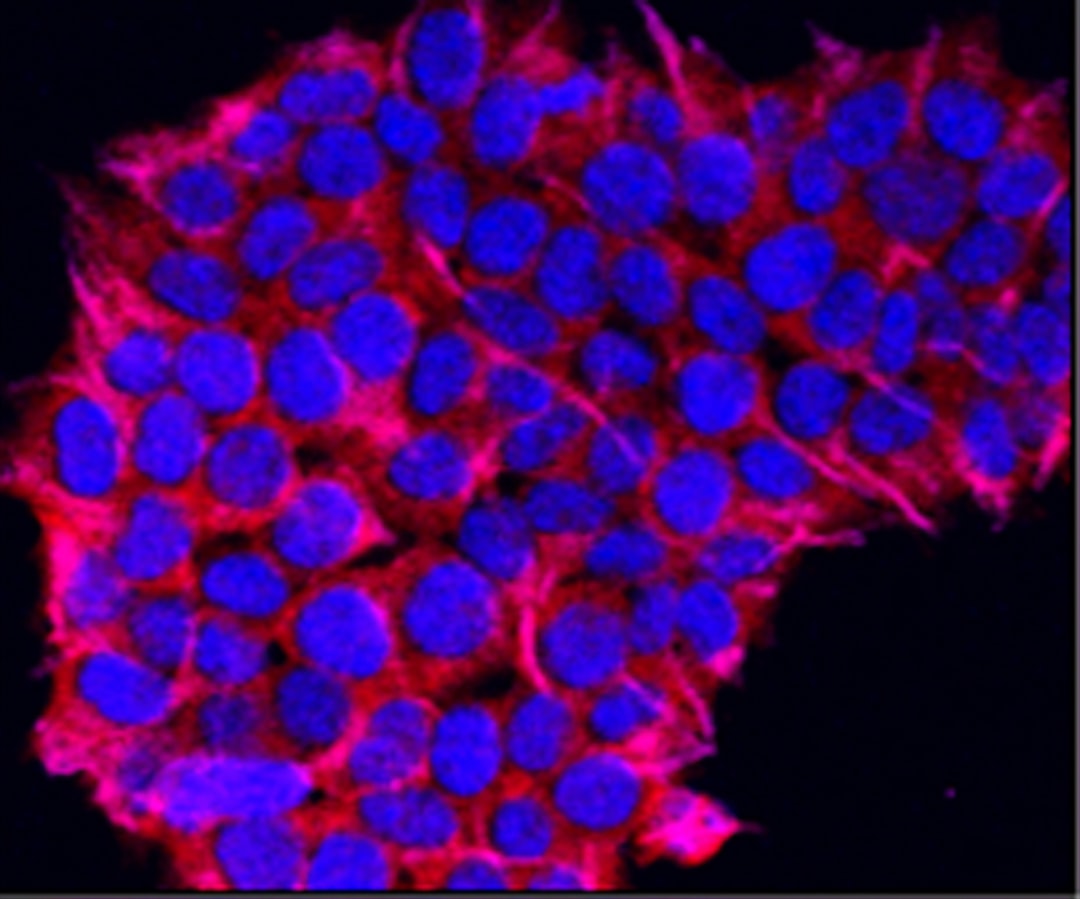What is it about?
Protecting and restoring forests can mitigate the impacts of climate change. However, forest conservation depends on a deep understanding of its functioning under different environmental conditions. We have studied coastal habitats in the Atlantic Forest in Brazil (restinga), where trees are distributed across strong soil moisture gradients. We have used this unique forest system as a model to predict how environmental change influences forest structure and tree hydraulic traits (e.g., vessels that conduct water from roots to the leaves). We found that the water table was the main driver of forest function, selecting plants according to their drought sensitivity. Tree species in wetter regions have a greater capacity to store water and larger vessels to transport water, while tree species in drier regions have smaller vessels and a higher proportion of fibers that make the wood harder and more resistant to drought. This study has helped to identify the species and forest types most vulnerable to climate change.
Featured Image

Photo by Michael Olsen on Unsplash
Why is it important?
Our study is timely for showing for the first time how forest systems functioning and sensitivity to drought can be predicted by wood trait at a cellular level. This has helped to reconcile the theory and provide new pathways to predictions of how plants and forests will respond to environmental change (e.g., drought).
Perspectives
This paper is the result of insight that I had 10 years ago and the fabulous support of great scientists, advisers, and institutions from Brazil and the US. I had this insight that the investigation of cell-level traits of trees under strong environmental gradients could help us understand how entire forests may respond to climate change. My collaborators were crucial to helping me to bind classic scientific approaches (e.g., wood anatomy research) with novel theories in ecology, which resulted in this new scientific concept to understand and predict how forests respond to environmental change.
Jehova Lourenco Jr
University of Exeter
Read the Original
This page is a summary of: Hydraulic tradeoffs underlie local variation in tropical forest functional diversity and sensitivity to drought, New Phytologist, February 2022, Wiley,
DOI: 10.1111/nph.17944.
You can read the full text:
Resources
Contributors
The following have contributed to this page










